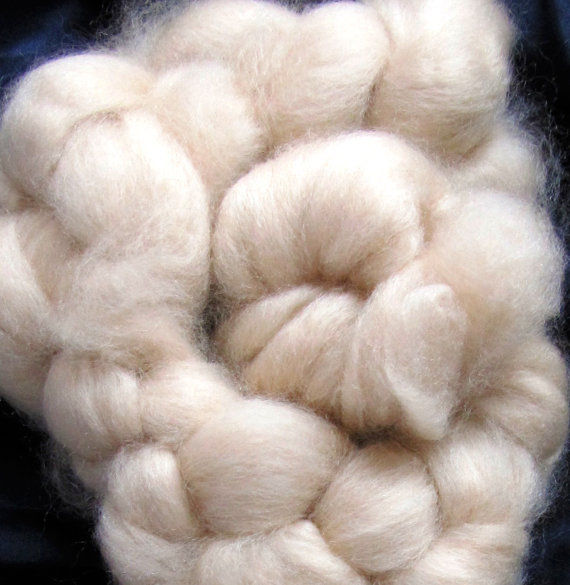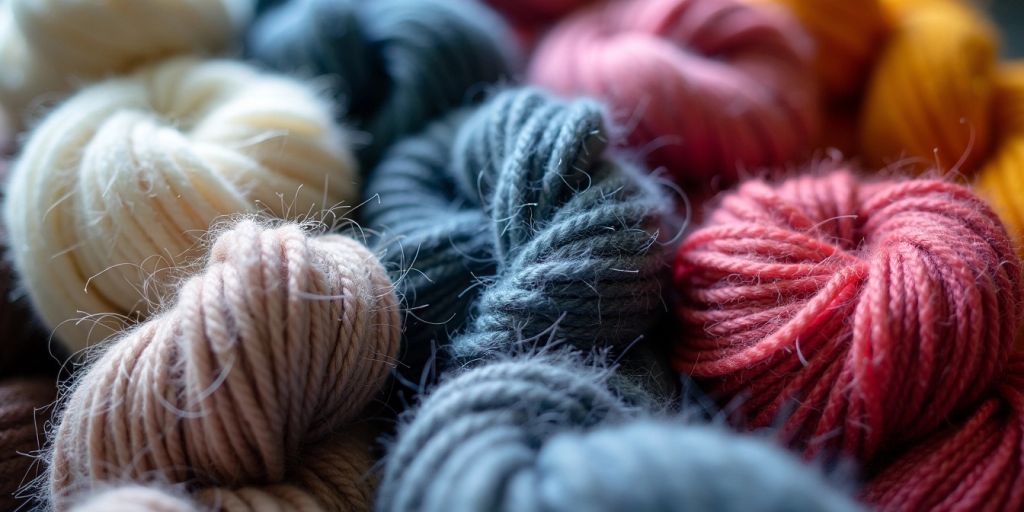What Is Cashmere and How Does It Compare to Other Fabrics?
What Is Cashmere and How Does It Compare to Other Fabrics?
Blog Article
Discovering the Numerous Kinds of Cashmere a Natural Fiber for Ultimate Luxury
Cashmere, an all-natural fiber, is often connected with luxury and convenience. However, not all cashmere is developed equal. From the highly soft Mongolian selection to the light-weight heat of Indian Pashmina, each kind offers its very own special functions and allure. The extra affordable Chinese cashmere, the typical Scottish variation, and the high-end Italian blend, all inform a different story of this exceptional fiber. As we decipher the globe of cashmere, a deeper understanding of its real value and class starts to emerge.
Comprehending the Glamorous Nature of Cashmere
Cashmere, often linked with high-end and convenience, holds an one-of-a-kind appeal on the planet of all-natural fibers. This soft, light-weight material is fancied for its outstanding heat and amazing durability. Unlike various other all-natural fibers, cashmere combines insulation with breathability, using unparalleled comfort across varying temperatures. Its glossy finish and soft structure contribute to its high-end allure, warranting the costs cost that usually includes cashmere garments. Additionally, cashmere's integral crease resistance and elasticity enhance its value, making it a recommended selection for costs clothing and accessories. Despite its delicate look, cashmere possesses an unexpected resilience, able to keep its shape and glamorous feeling gradually. This distinct mix of features cements cashmere's position as an icon of sophistication and indulgence.
Simply What Is Cashmere and Where Does It Come From?

Given these extraordinary high qualities, one could question the origin and makeup of this luxurious fiber. Cashmere is obtained from the soft undercoat of cashmere goats, mainly discovered in Mongolia, China, Iran, and Afghanistan - is cashmere a natural fiber. These goats are adjusted to severe weather problems, generating a very great, soft underfur as a protection against the bitter cold. This underfur, or undercoat, is what is harvested for cashmere. Each springtime, when the goats normally lost their wintertime coat, farmers comb the great underhair, leaving the coarser hair behind. This precise process adds to the scarcity and high expense of cashmere. With its beginning in the extreme landscapes of Asia, cashmere is a testimony to nature's ability to create luxury from difficulty.
Deciphering the Various Types of Cashmere
Understanding the various kinds of cashmere is key to appreciating the top quality and unique qualities of this luxurious fabric. Typically, cashmere is categorized right into three kinds: raw, virgin, and recycled. Translating these types is the first step in understanding the exclusivity and worth of cashmere.

The One-of-a-kind Features of Each Kind Of Cashmere
Having actually explored the various groups of cashmere, it comes to be noticeable that each kind flaunts its distinct collection of characteristics. Mongolian cashmere, as an example, is renowned for its premium quality, as a result of Mongolia's severe wintertimes that create longer and finer fibers. On the other hand, Chinese cashmere is commonly more budget-friendly, though its much shorter fibers can reduce longevity. Scottish cashmere is celebrated for its beautiful softness, an outcome of the standard water cleaning process making use of Scotland's soft water. Italian cashmere, at the same time, is well-known for its masterful blending and coloring techniques, providing it vibrant and functional. Indian cashmere, also understood as Pashmina, is treasured for its unbelievable agility and warmth. Each type, thus, adds to the material's online reputation for luxury.
Why Cashmere Is the Embodiment of Deluxe in Fashion
Cashmere holds an esteemed position in the world of fashion, regarded as an icon of luxury and class (is cashmere a natural fiber). Cashmere is obtained from the great undercoat of Himalayan goats, recognized for their superior quality fiber. Cashmere's exceptional Get More Info comfort and durability make it a sought-after product in the production of high-end garments.
The Refine of Making Cashmere: From Goat to Garment
The trip of cashmere, from being an undercoat of a Himalayan goat to a luxurious garment, is a complex one. This mix is after that fastidiously divided, with just the soft down used for cashmere. From goat to garment, each action is a testament to the persistence, ability and virtuosity entailed in crafting cashmere.

Conclusion
In conclusion, cashmere, with its natural sophistication and unmatched convenience, preponderates in the world of luxury style. The variety in kinds, varying from the soft Mongolian, lightweight Indian Pashmina, inexpensive Chinese, typical Scottish, to the colorful Italian, reveals the convenience of this all-natural fiber. The meticulous procedure of transforming it from a goat to a garment further adds to its exclusivity, making cashmere the epitome of elegance and luxury.
Cashmere, an all-natural fiber, is commonly connected with high-end and convenience (is cashmere a natural fiber).Cashmere, usually linked with luxury and comfort, holds an one-of-a-kind appeal in the world of natural fibers. Unlike look these up various other all-natural fibers, cashmere combines insulation with breathability, supplying unrivaled comfort throughout varying temperatures. Cashmere is acquired from the soft undercoat of cashmere goats, primarily discovered in Mongolia, China, Iran, and Afghanistan. see here Cashmere is derived from the fine undercoat of Himalayan goats, known for their exceptional quality fiber
Report this page